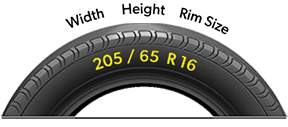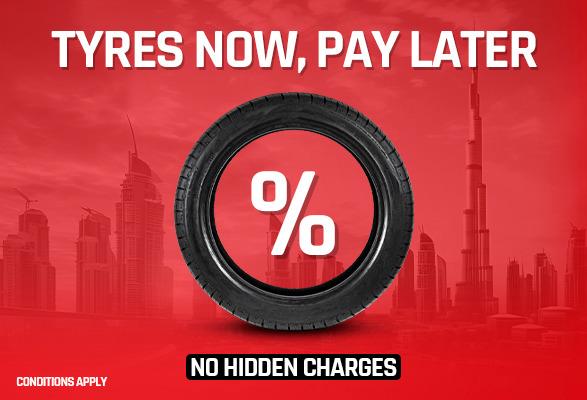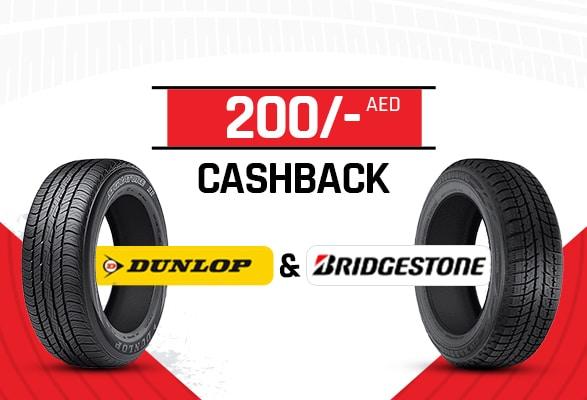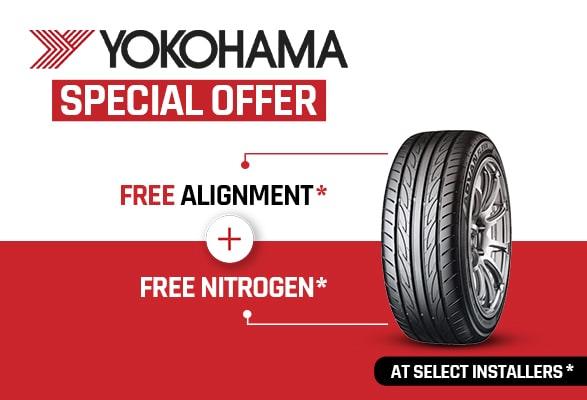Can You Drive with A Flat or Punctured Tyre?
It can be a real hassle to have a flat or punctured tyre in the middle of a road. Especially if you do not see any help nearby, things can get quite tricky for you. Usually, the first thing people think about in such situations is, "how far can I go with a flat tyre?" Well, the answer to this question depends on several factors.
First, you need to consider the road that you are driving on and then, of course, the position of the puncture that took place. You see, a loud noise does not always follow a tyre puncture. In case you hear a loud noise, the tire is blown out, making it completely useless. In various instances, a flat occurs due to a slow leak that eventually causes the tire to lose air pressure.
In such situations, you are not supposed to panic because such a tyre is still better than a wholly blown out tyre. In case you realize that your tire is punctured while driving, pull off the roadway. Then head to an area that is safe and away from all the traffic. Turn on the emergency flashers. Now, PitStopArabia is about to give you both good and unwelcome news.
The good news here is that you can easily take your car with a flat tyre, up to a hundred yards. The unwelcome news is that trying to drive it any further can completely obliterate the tire. So, yes, even if that "safe" area is a little far, take your car to it and make sure to drive as slow as possible.
How Far Can You Take Your Car with A Flat Tyre?
As said earlier, it depends on the condition of the puncture and the road. If it is a bumpy road and you know that the tyre is not in good condition, just stop it right away and pull off. But if it is an emergency and you must move for your safety no matter what then try minimizing the distance.
We will be honest with you on this one. Professionals and experts recommend against driving on a flat tyre. PitStopArabia holds a similar position and advises people to only drive on a flat tyre when all other options have been exhausted. The reason is that if you continue driving a flat tyre, you risk damaging the internal structure of the tire.
It might seem harmless to some, but internal damage cannot be taken lightly. Depending on the flat tyre, it may be in a position to get it repaired. However, once there is internal damage to the tyre, repairing is not a possibility anymore. Moreover, you can even fall victim to an accident in a worst-case scenario.
A Flat Does Not Always Mean a New Tire
It is true because most flats occur due to a puncture. Punctures are a common phenomenon. Most common causes of punctures are when a tyre comes in contact with a nail, some glass or screws etc. It causes the tire to lose air pressure and become flat. Now, this, of course, means that you can always get the tyre repaired and fix the puncture with the help of a tire plug.
But if you continue driving with a flat tyre, you might end up destroying it. Hence, you will have to buy an expensive, new tire. Therefore, your foolishness can cause you to spend more than otherwise needed. When you drive with a flat tyre, the initial puncture can expand, and even the sidewalls can rupture. Sidewall damage or a deep puncture is the last thing that any sane person would want in their tire.
It is Not Just the Tyre That is at Risk
Driving with a flat tyre can degrade it, and increased degradation can lead to the breaking of the tyre. It can even cause damage to the internal components of a car. There are the suspension components, wheels, fenders, callipers and also the brake lines that will be at risk and the more damage occurs, the more money you will have to put in to get it fixed. You never know you might also have to do wheel alignment afterwards.
In simpler words, a tyre patch can cost you less than a hundred dirhams in most cases. On the other hand, buying new tyres can cost you thousands of dirhams. The price of tyres depends on the brand, size, and quality of the tire. To save yourself this unwanted cost, avoid driving with a flat tire.
What to Do When You Do Have a Flat?
For starters, do not drive with a flat tyre as we have explained what can go wrong if you do so. What you can do in such a situation is that you can take your car to the side of the road where it is safe and then replace the punctured tyre with a new one (this is the reason why you should always have a spare tyre with you along with the tools to replace it).
If you are unable to carry a spare tire in your car for whatever reason, keep a tyre patch kit. The puncture kit is quite easy to use. Just follow the instructions mentioned on the product. The kit will quickly seal up smaller punctures and help you continue driving. PitStopArabia recommends heading towards the closest tire shop once the puncture is sealed with the patch kit.
Get the tyre repaired from a professional before continuing your journey. If you do not have a spare tyre, do not panic, and get a tow to a local tyre shop nearby. This can cost you a little more. But at the end of the day; it is better than putting the internal structure and even your life at risk by driving with a punctured tyre.









































Conclusion
This concludes our article today. We hope that you find this information valuable. Let us know what you think about this article by leaving your suggestions. PitStopArabia again stresses that avoid driving on a flat or punctured tyre, unless absolutely necessary!